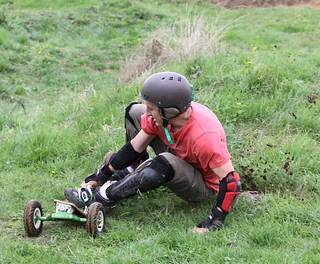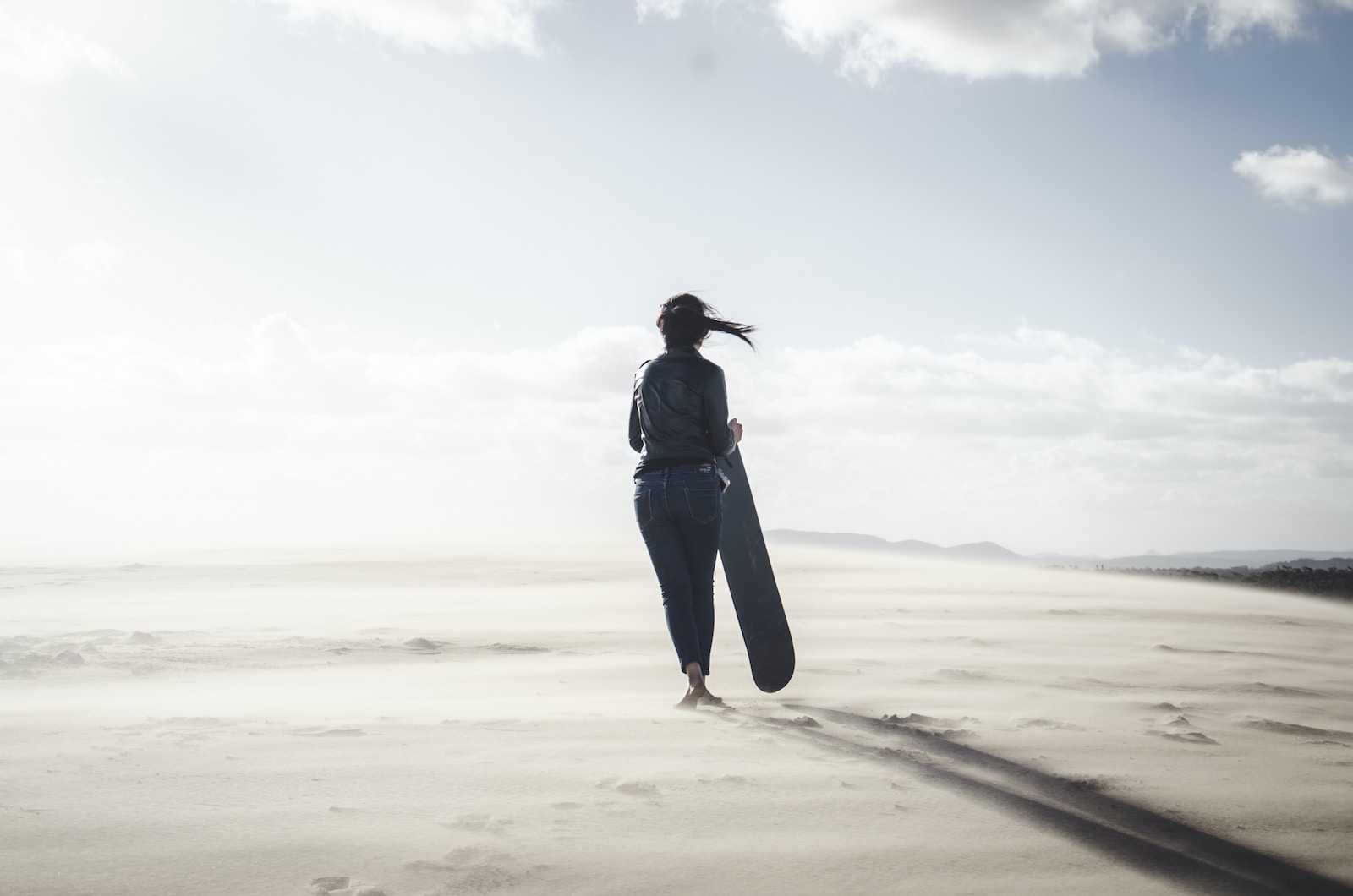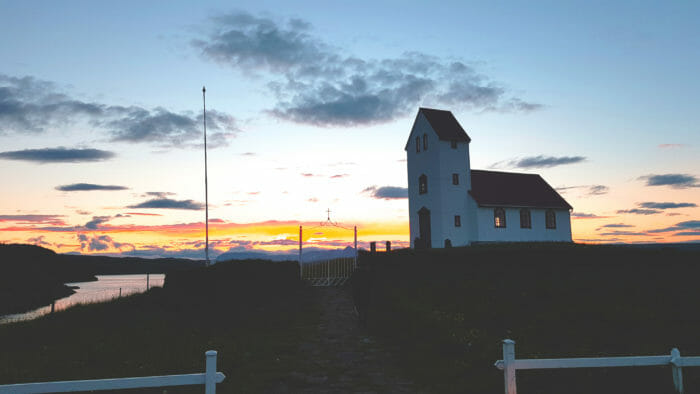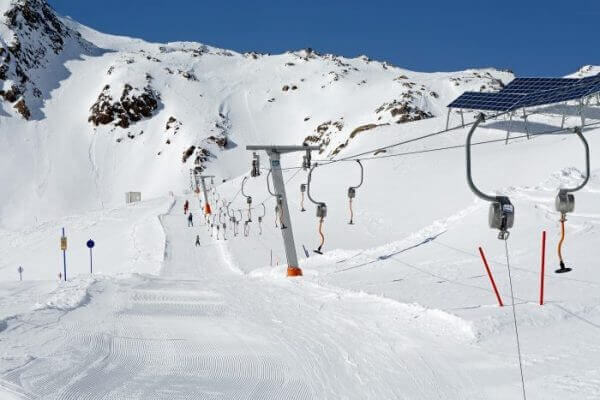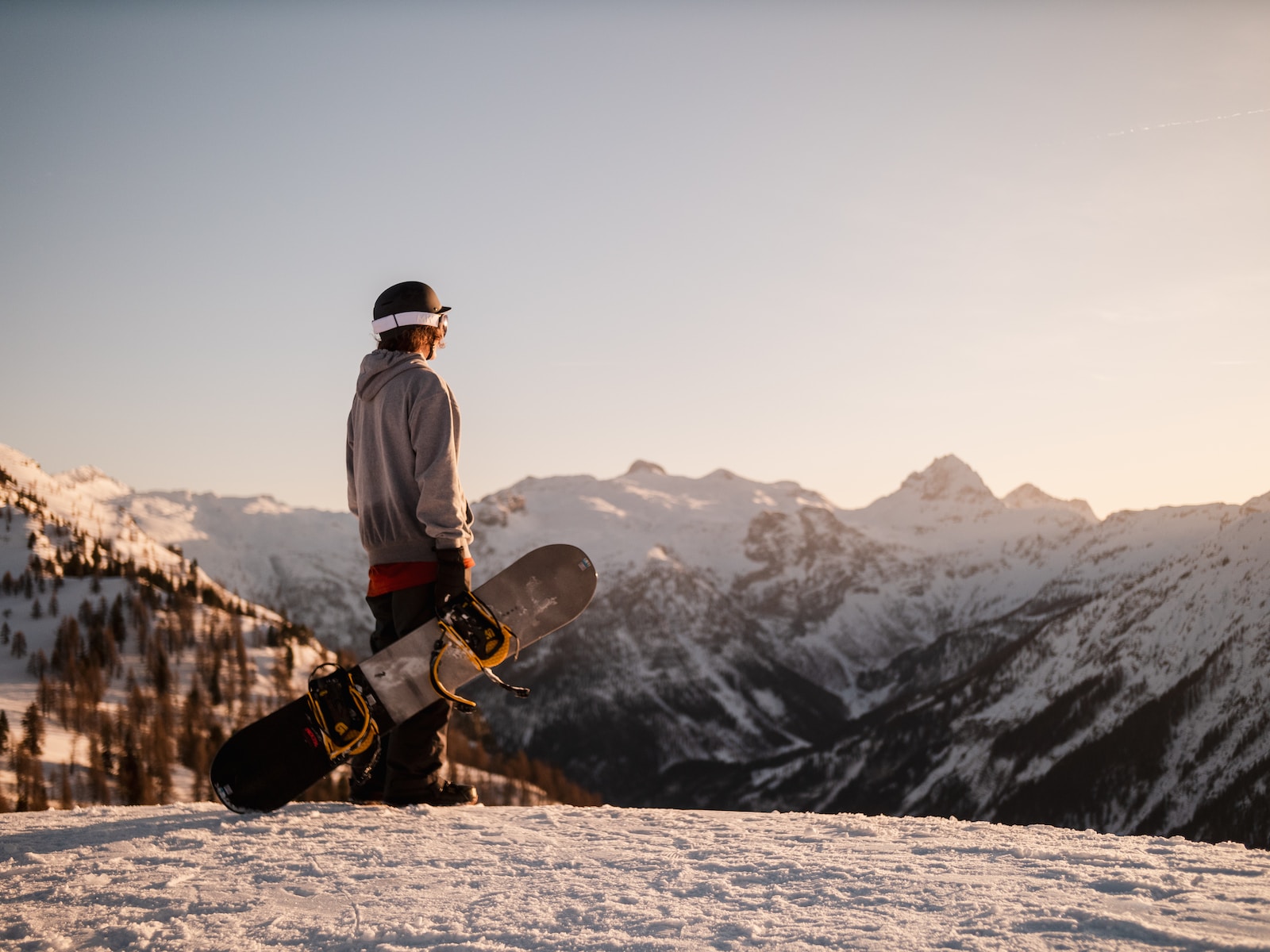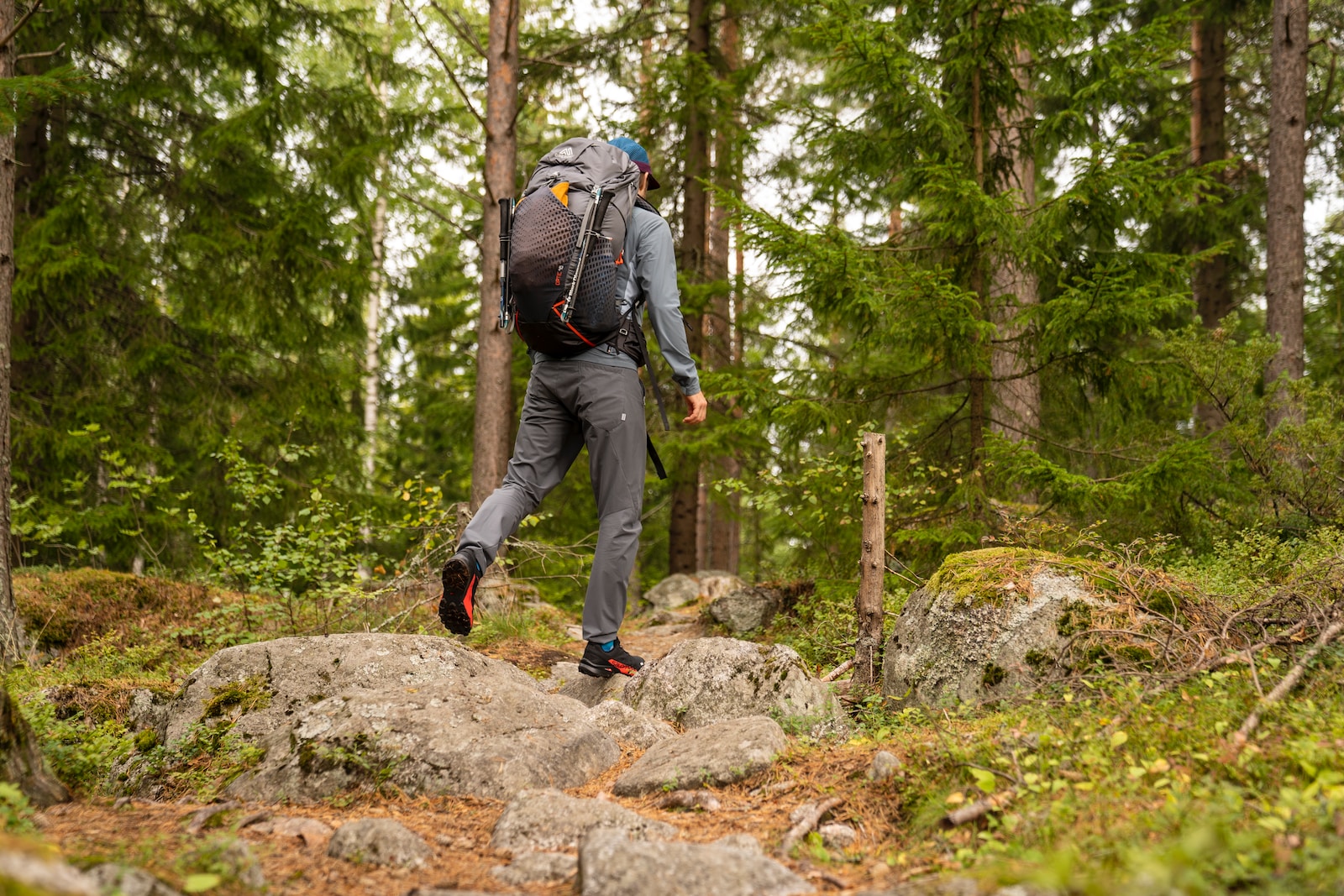Table of Contents
Introduction
Camping is more than just an activity; it’s a tradition, a bonding experience, and for many, a way of life. Families across the globe cherish the moments spent in the embrace of nature, under the canopy of stars, and around the warmth of a campfire. The allure of the great outdoors, combined with the joy of roasting marshmallows and sharing stories around a campfire, creates memories that last a lifetime. However, the mesmerizing dance of campfire flames, while enchanting, carries with it a responsibility. With an alarming increase in the number of wildfires ignited by campfires, the importance of campfire safety has never been more critical, especially when kids are involved. This article delves deep into the world of campfire safety, aiming to arm parents and caregivers with essential knowledge and tips to ensure children’s safety around campfires.
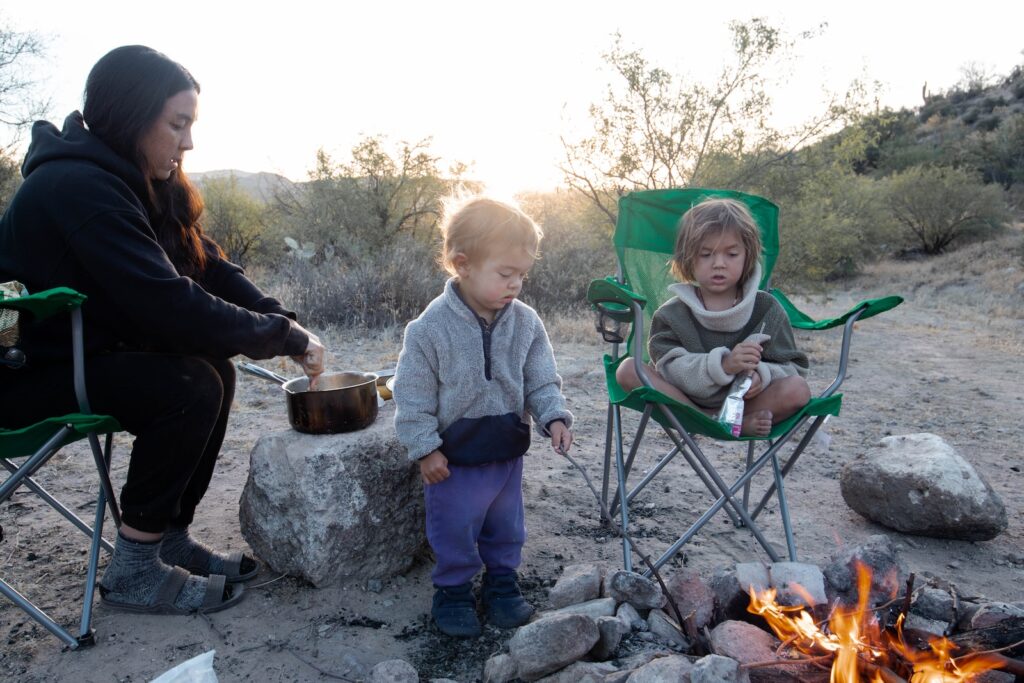
The Importance of Campfire Safety for Kids
The beauty and charm of a campfire can often mask its potential dangers. Recent statistics paint a grim picture, revealing a concerning rise in wildfires caused by human negligence, particularly from unattended or improperly managed campfires. A staggering 90% of forest fires are attributed to human causes. Such incidents wreak havoc on our environment, destroying vast expanses of woodland, wildlife habitats, and even human settlements. More importantly, they pose a significant risk to human lives.
For instance, the wild Fire, ignited due to a faulty electric transmission line, stands as a dark testament to the devastation fires can cause. It was recorded as the deadliest and most destructive wildfire in California’s history, leading to at least 85 civilian fatalities, engulfing an area of 153,336 acres, and obliterating more than 18,000 structures. Another significant fire, the Tubbs Fire in 2017, resulted in a whopping $8.7 billion in estimated insured losses, burning 36,807 acres of woodland and destroying 5,636 structures.
For children, the allure of the flames, while fascinating, can be extremely dangerous. Their natural curiosity, combined with a lack of understanding of the potential risks, makes them particularly vulnerable. Factors like combustible materials associated with camping, improper use of accelerants, lack of fire safety precautions, and inadequately designed fire pits further exacerbate the risks. For instance, the combination of combustion-inducing equipment with highly flammable camping paraphernalia can be a recipe for disaster. Similarly, the improper use of accelerants, such as casually throwing gasoline or fire starters onto a fire, can escalate the risk exponentially.
Moreover, the failure to adhere to basic fire safety guidelines, like keeping the fire size manageable, constant supervision, and ensuring its complete extinguishment, can lead to catastrophic accidents. Even the design of the fire pit plays a crucial role. Insufficiently designed fire pits without protective barriers can increase the likelihood of injuries, especially if someone, particularly a child, inadvertently walks or falls into it.
Given these statistics and potential dangers, understanding and implementing campfire safety is not just a precaution—it’s an absolute necessity. It’s a responsibility that every camper, parent, and caregiver must shoulder to ensure the safety of our children, our environment, and ourselves.
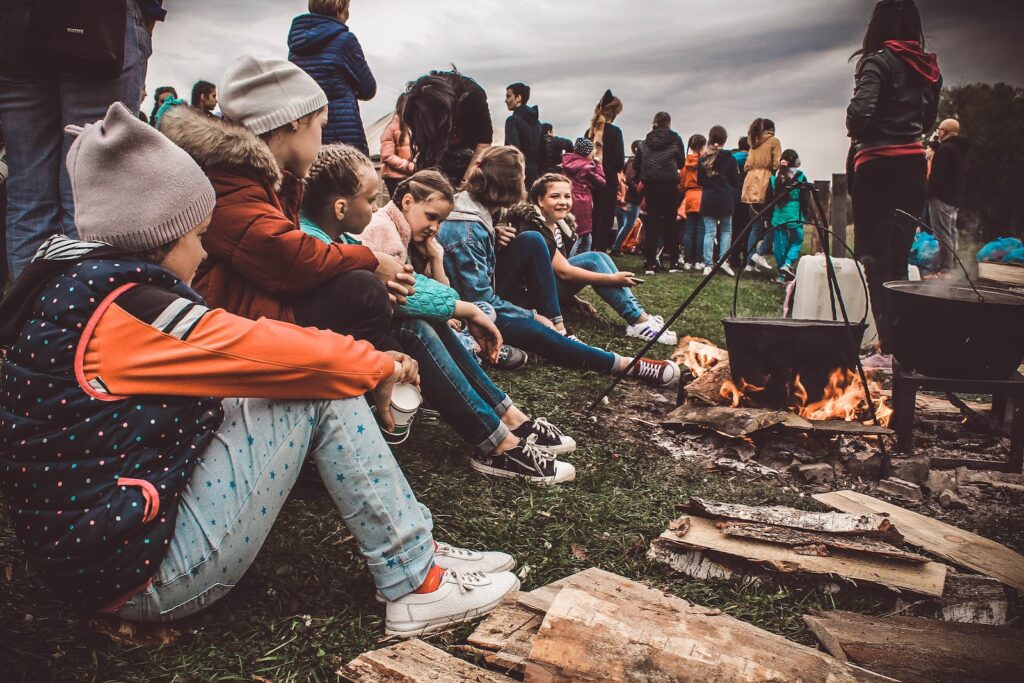
Choosing a Safe Location for Campfires
Selecting an appropriate location for your campfire is paramount. It’s not just about finding a spot that’s convenient or offers the best view, but ensuring that the chosen location minimizes potential hazards. Here’s a deeper dive into the considerations:
- Distance from Flammable Materials: The campfire should be strategically placed at least 15 feet away from potential fire hazards. This includes tent walls, shrubs, trees, and other flammable materials. Remember, embers can fly and ignite nearby materials, so this distance acts as a safety buffer.
- Check Wind Direction: Nature is unpredictable, and so is the wind. Lighting a fire in high winds is a recipe for disaster. If the day is breezy, ensure the wind direction is such that it doesn’t blow embers towards your camping equipment or dry vegetation. It’s always a good idea to check local weather forecasts before setting up a campfire.
- Ground Clearance: Before lighting the fire, it’s essential to prepare the ground. Clear a 10-foot diameter area around the intended fire site, ensuring you reach down to the bare soil. Remove any grass, leaves, twigs, or other combustibles. This not only prevents the fire from spreading but also makes it easier to manage.
Building a Fire Safely
Building a fire might seem straightforward, but doing it safely requires attention to detail:
- Use Designated Fire Rings or Pits: If you’re in a designated camping area, always use the provided fire rings or pits. They are specifically designed to contain fires, preventing them from spreading and turning into potential wildfires.
- Select the Right Wood: The choice of wood can influence how the fire burns. Start with dry leaves, twigs, or branches. As the fire catches on, add larger pieces of wood to keep it going. It’s crucial to avoid using flammable liquids to ignite the fire, as they can cause sudden flare-ups and are harder to control.
- Keep the Fire Small: While a roaring bonfire might seem tempting and cinematic, it’s safer to maintain a smaller fire. It’s easier to manage, uses less wood, and reduces the risk of embers flying out and causing unintended fires.
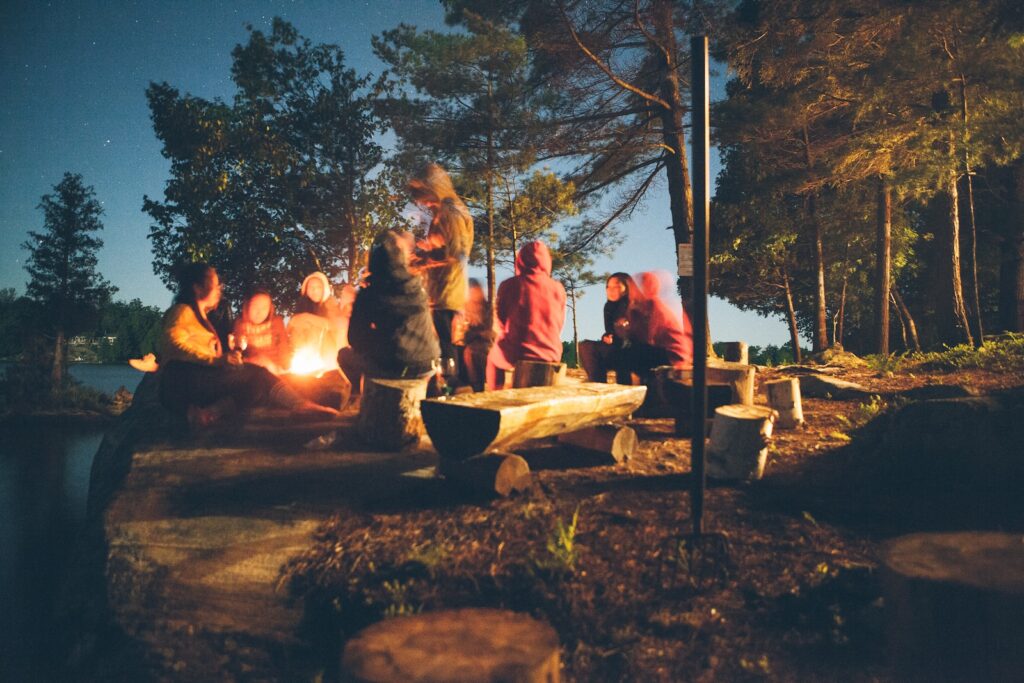
Teaching Children About Fire Safety
Children are naturally curious, and fire, with its warmth and dancing flames, can be particularly enticing. It’s crucial to educate them about its potential dangers:
- Age-Appropriate Lessons: Tailor your lessons based on the child’s age. For toddlers and younger children, simple messages like “fire is hot” and “fire is dangerous” can be effective. For older kids, delve into the reasons behind each safety rule, explaining the consequences of not following them.
- Interactive Learning: Children learn best when they’re engaged. Consider using interactive games, storytelling, or even role-playing to teach them about fire safety. For instance, you could set up a mock campfire and let them practice safety measures.
- Set Boundaries: It’s essential to establish clear boundaries. Make sure kids understand they should never approach a campfire without an adult present. Use stones or logs to establish a visible safety perimeter around the fire, and instruct children to stay outside of it.
Campfire Safety Rules for Kids
Ensuring children’s safety around campfires requires a combination of supervision, education, and setting clear boundaries. Here’s a more detailed look at the essential rules every child should be aware of:
- Always Supervise: The golden rule of campfire safety for kids is constant supervision. Children, especially younger ones, may not fully grasp the dangers of fire. It’s crucial that an adult is always present when kids are near a campfire. This not only prevents potential accidents but also provides an opportunity to teach them about fire safety in real-time.
- No Running: The area around a campfire can be uneven, with rocks, logs, and camping equipment. Running can lead to trips and falls, potentially resulting in serious injuries. Emphasize the importance of walking, not running, in the campfire area. This rule ensures both their safety and that of others around them.
- Keep a Safe Distance: Children might be tempted to get closer to the fire out of curiosity. However, even a small fire can cause severe burns. Set a clear boundary, using stones or logs, and instruct kids to stay outside of it. This safe distance ensures they can enjoy the fire without the risk of accidental burns.
- No Playing with Fire: This might seem obvious, but children need to understand the potential consequences of their actions. They should be taught not to throw objects into the fire, play with embers, or attempt to “poke” the fire. Such actions can lead to unpredictable flare-ups or flying embers.
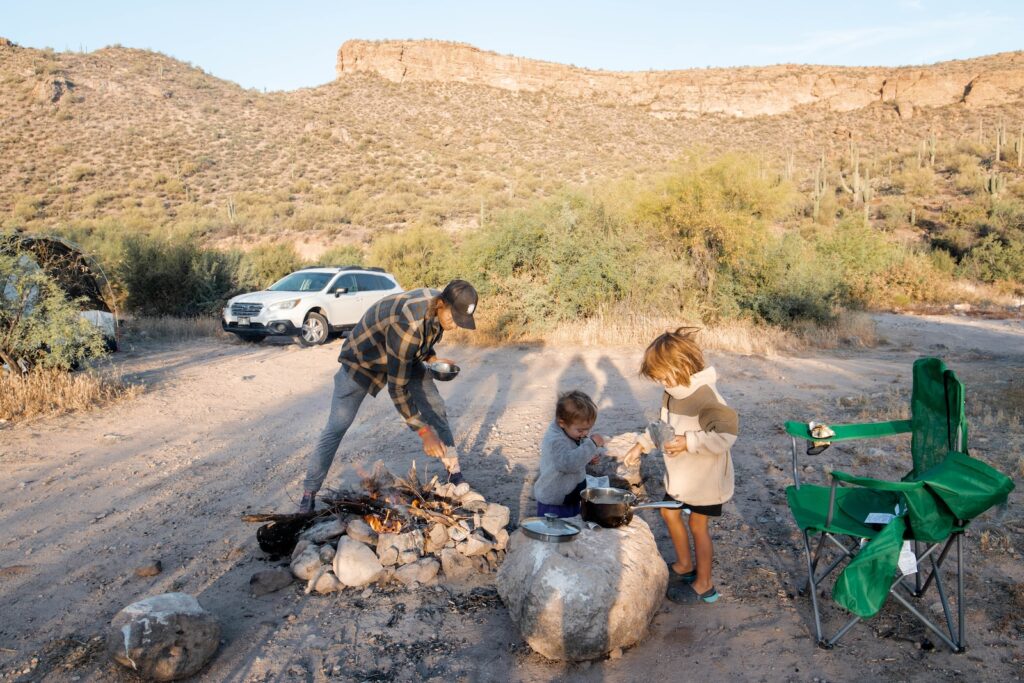
Extinguishing the Fire Safely
Putting out a campfire is just as important as setting it up. Here’s a more in-depth guide to ensure the fire is safely extinguished:
- Douse with Water: This is the most effective way to put out a fire. Pour ample water on the fire, ensuring all embers, logs, and coals are thoroughly wet. If you hear a hissing sound, it means the fire is still active, and more water is needed.
- Stir with Dirt: After dousing with water, use a shovel, stick, or any available tool to stir the embers. Mixing water and dirt ensures that any remaining hot spots are cooled down, reducing the risk of the fire reigniting.
- Check for Heat: Before leaving the campfire site, do a heat check. Place your hand above the ashes (without touching them). If you feel any residual heat, it’s an indication that the fire is not entirely out. In such cases, add more water and stir again.
Conclusion
Campfires have been a cornerstone of outdoor adventures for generations. They offer warmth on chilly nights, a place to cook meals, and a gathering spot for families to share stories and create memories. However, with the joys of campfires come responsibilities. The safety of our children, and indeed everyone around the campfire, should always be the top priority. By instilling these safety guidelines and ensuring they are followed diligently, parents and caregivers can pave the way for countless safe and enjoyable camping experiences. Remember, a well-managed campfire not only ensures safety but also leaves a minimal impact on the environment, allowing future generations to enjoy the beauty of the great outdoors.

Campfire Safety for Kids: Frequently Asked Questions (FAQs)
1. Why is campfire safety important for kids?
Campfire safety is crucial because children, due to their natural curiosity and lack of understanding of potential risks, are particularly vulnerable around fires. With the increasing number of wildfires ignited by campfires, ensuring children’s safety has become paramount.
2. How can I choose a safe location for a campfire?
Ensure the campfire is at least 15 feet away from potential fire hazards like tent walls, shrubs, trees, and other flammable materials. Check the wind direction to ensure embers don’t blow towards camping equipment or dry vegetation. Also, clear a 10-foot diameter area around the site down to the soil, removing any grass, leaves, or twigs.
3. What are the steps to build a fire safely?
Use designated fire rings or pits, select dry leaves, twigs, or branches to start the fire, and add larger pieces of wood as it grows. Avoid using flammable liquids to ignite the fire and keep the fire small for easier management.
4. How can I teach children about fire safety?
Provide age-appropriate lessons, emphasizing that fire is “hot” and “dangerous” for younger children and explaining the reasons behind each safety rule for older kids. Use interactive games or storytelling for engagement and set clear boundaries around the campfire.
5. What are the essential campfire safety rules for kids?
Always supervise children near a fire, emphasize walking (not running) around the campfire area, ensure kids maintain a safe distance from the fire, and teach them not to throw objects into the fire or play with embers.
6. How do I ensure a campfire is completely extinguished?
Pour ample water on the fire, ensuring all embers and logs are wet. Stir the embers with dirt using a shovel or stick. Before leaving, place your hand near the ashes (without touching) to check for heat. If heat is felt, add more water and stir again.
7. What are the environmental impacts of not following campfire safety?
Not following campfire safety can lead to wildfires, which destroy vast expanses of woodland, wildlife habitats, and human settlements. For instance, the Camp Fire and Tubbs Fire in California caused significant destruction to both the environment and human structures.
8. What are common reasons for campfire-related accidents?
Combustible materials associated with camping, improper use of accelerants, lack of fire safety precautions, and inadequately designed fire pits are common reasons for campfire-related accidents.
9. Why should campfires be kept small?
A smaller fire is easier to manage, uses less wood, and reduces the risk of embers flying out and causing unintended fires.
10. Why is it essential to use designated fire rings or pits?
Designated fire rings or pits are designed to contain fires, preventing them from spreading and turning into potential wildfires.

